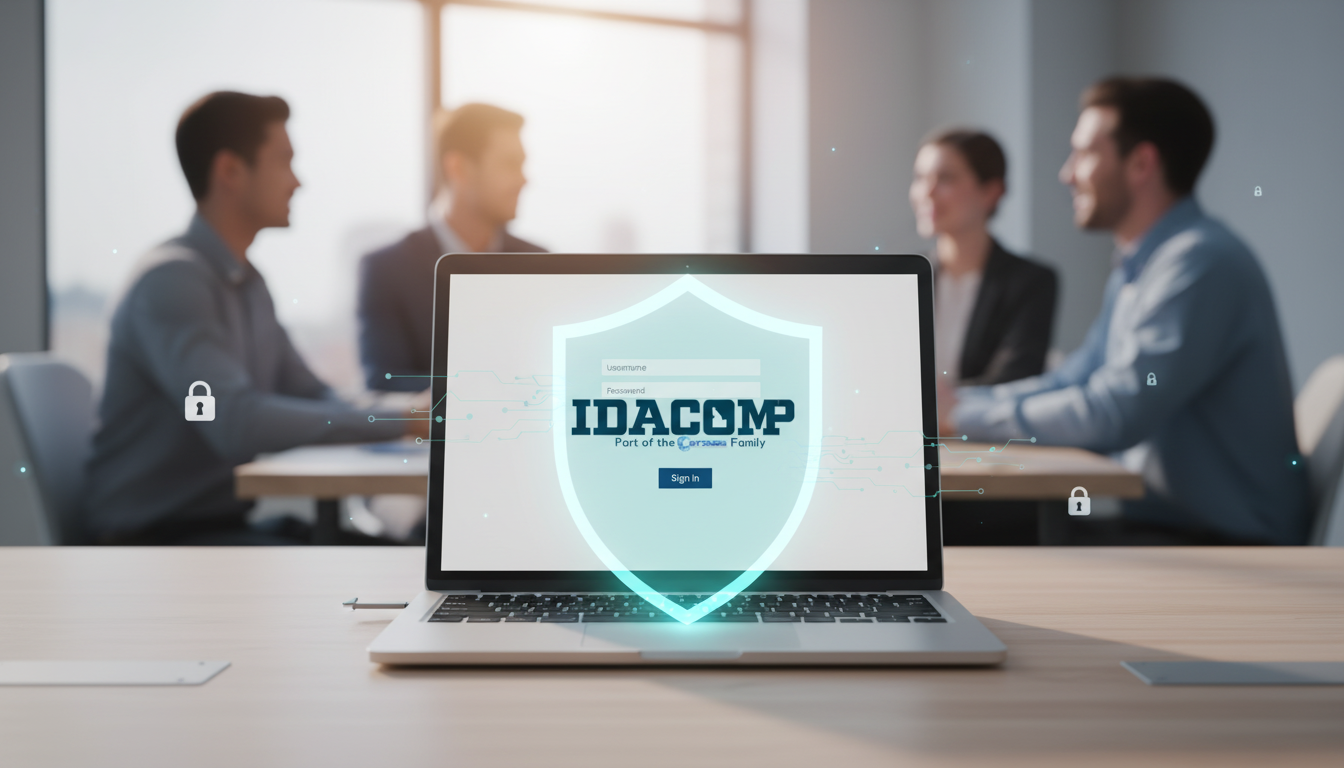Laptop Problems? Troubleshooting Tips and Resolution Steps
When your laptop starts acting strange, runs slowly, or even fails to power on, it’s a stressful situation. Laptops are a valuable component of business operations, and like any piece of technology, need proper maintenance to extend their lifespan. When dealing with laptop problems, it’s common to replace the device. But it’s important to troubleshoot potential solutions and identify problems before onboarding entirely new hardware.
Some issues are software, while others are technical and hardware-based.
What You’ll Need
Assuming you have the proper expertise or an available IT technician, ensure you have the right tools for the job. Properly sized Philips head screwdrivers, protective gloves safe to work with electronics, a well lit area, and appropriate port connection cables (like USB, micro-USB) are handy to have.
Laptop Hardware Issues
It’s important to identify when components of a laptop need repair or replacement. Laptops, depending on age, are challenging to repair, depending on the issue. But even if a hardware component of the laptop fails or requires maintenance, it’s not a lost cause.
Before You Start
Visually inspect the laptop for damaged or burnt components. If you can power on the laptop and access most of its functions, running a troubleshooter for hardware problems can identify potential problems. If able, restart the laptop, unplugging it from the power outlet to resolve any temporary problems. Finally, check all available ports and slots for debris, excessive dust, or damage.
Screen Failure
Whether age, physical damage, or unforeseen circumstances. The laptop screen fails to power on. Most laptop screens are LCD, and project images via a matrix of lights within the screen. Should these light sources fail, the screen won’t turn on. Fixing this requires gently opening the frame of the laptop screen and checking for damaged or failed bulb components.
However, you should also check for failed or faulty wires. That’s an indicator the laptop will likely need replacing unless you invest in a complete screen replacement.
Keyboard Failure, Stuck Keys, Inoperable Keys
Keyboards see the highest use of a laptop, and it’s common for physical keys to experience problems. For instance, you may have unresponsive keys, or a keystroke is stuck. Sometimes debris finds its way under the keyboard, and other times the specific key needs replacement.
These modules can be replaced, but they’re extremely sensitive components, so take care if replacing any particular key.
Fail to Power On/Battery Failure
Another troubling and frustrating problem is when the laptop fails to power on at all. There are several causes. The most grievous is when critical components of the laptop have failed outright, like the motherboard or CPU. However, in less serious cases, the laptop's battery unit may require replacement.
Newer laptops often have modular components – meaning they can be swapped out with a replacement part. But with older units, either the battery system is embedded in the laptop or it requires replacing the internal battery from the motherboard itself.
No Wireless Network Connectivity
If you’ve gone through several network troubleshooting stages, if a laptop cannot connect to the internet through wireless means. Normally, troubleshooting involves checking various internet connectivity settings, such as the wireless router, the ISP provider’s uptime, and resetting the network adapter.
If those fail, checking to see if the adapter itself has failed is the next step. Laptops typically come installed with PCI-E network adapters. The device manager on a Windows running laptop can identify if there is a problem with the current adapter.
Resolving the issue requires replacement of the adapter. Some good news is that USB network adapters are available for quick resolution, some with broader connectivity ranges. But if you want to keep your USB slots available, replacing the internal adapter is also an option. This requires opening the back case of the laptop and finding the available network adapter cards, swapping out the affected PCI card for a new one.
Excessive Heat/Overheating
While portable, laptops sacrifice physical space to accommodate mobility. Thus, crucial components like the laptop fan are smaller and lack the same cooling efficiency as larger desktops. So, your laptop is prone to hotter temperatures. If it overheats, you’ll encounter routine system crashes and, potentially, damaged components.
Simple solutions involve cleaning the laptop of any excessive debris and dust that accumulates over time. Additionally, you’ll need to keep an eye on your system’s current memory load. An excess of programs and background load can overwhelm your laptop’s memory, which is typically limited. Keep background programs closed and tabs at the minimum. You can also install additional RAM or SD cards to free up space on the hardware.
In other cases, the laptop’s fan may have failed, or there is inadequate cooling for the CPU. These are harder to adjust, as these components are often non-modular and/or part of the motherboard.
Final Thoughts
While laptop repair and maintenance is challenging, it’s not impossible. Before you consider replacing the unit, go through standard IT troubleshooting to reach an adequate solution.
For more information and assistance, you can reach out to Bytagig today.









